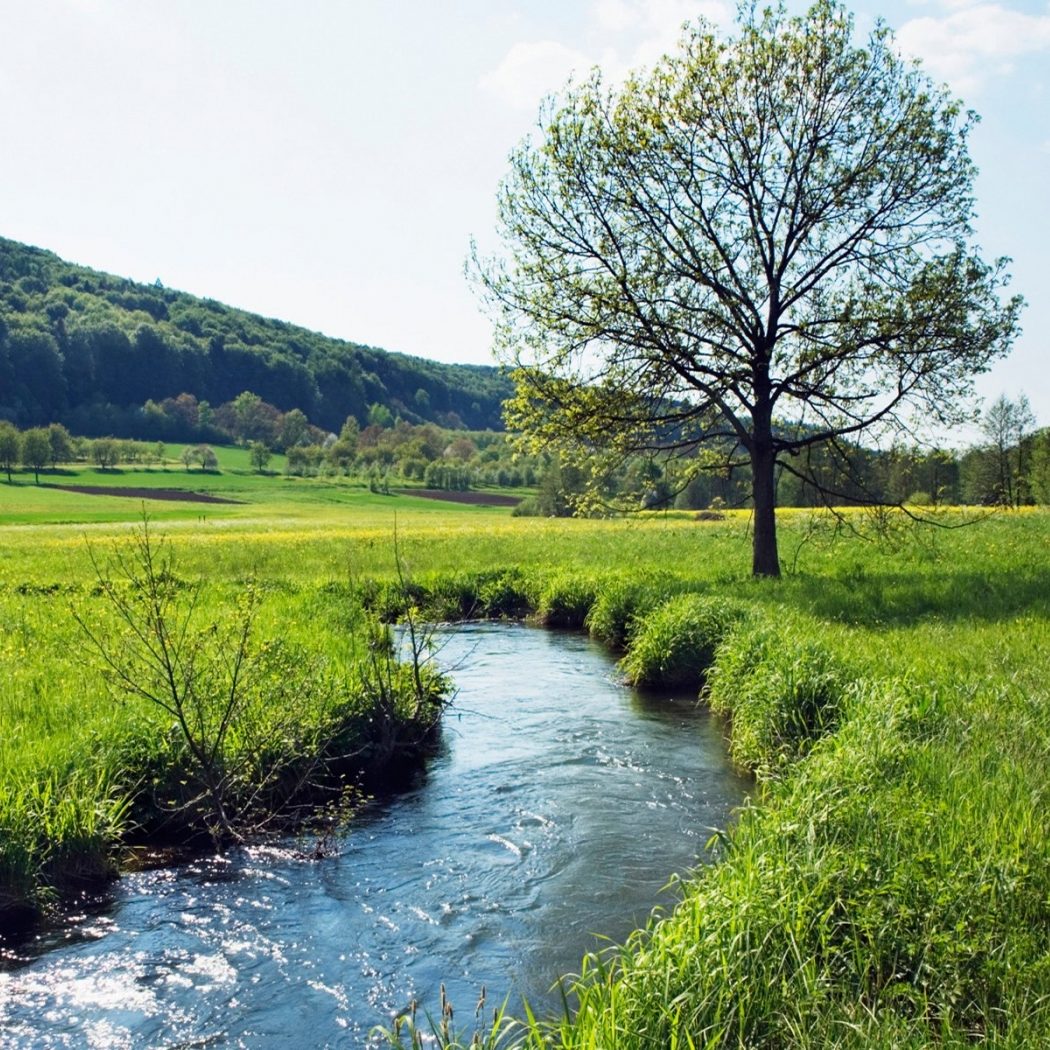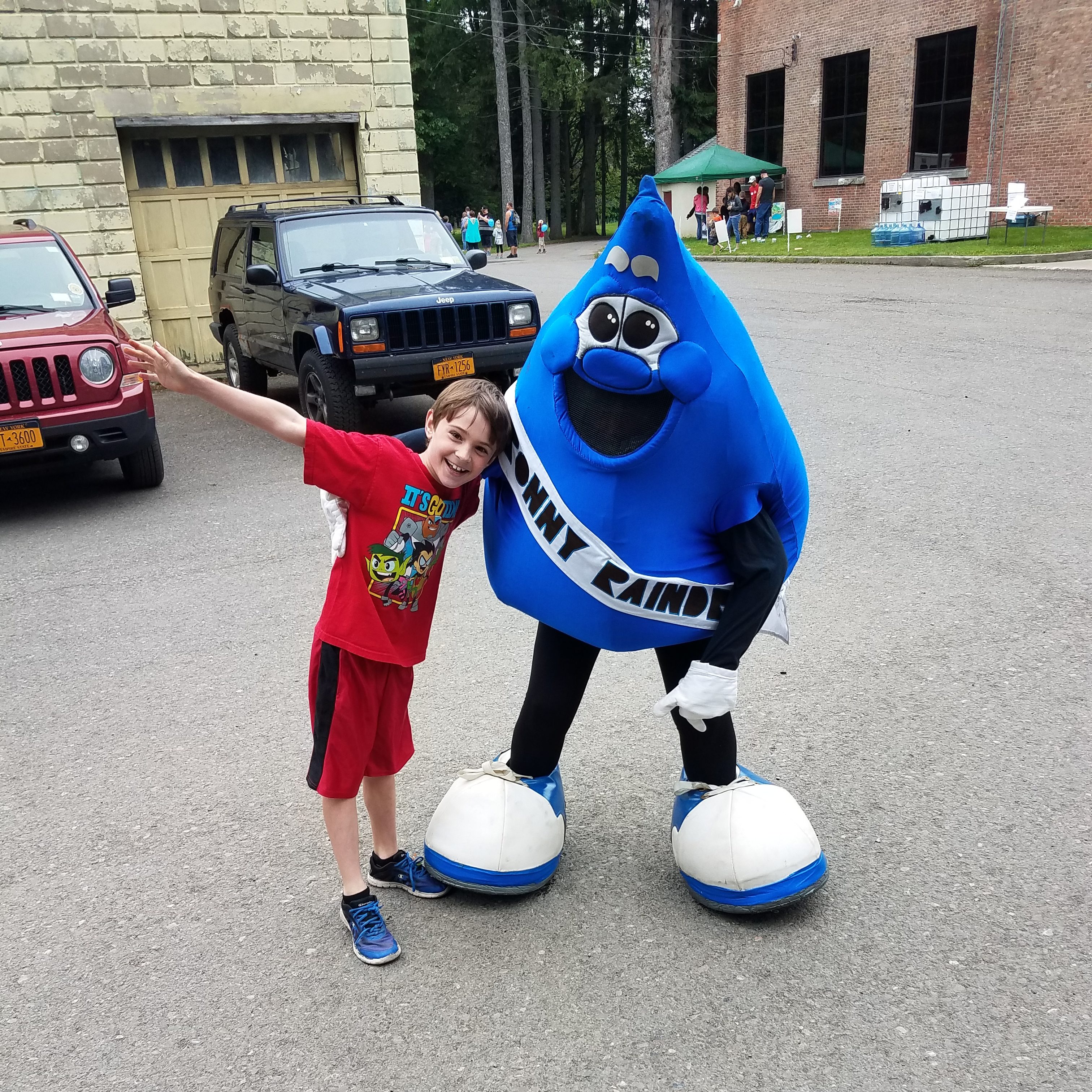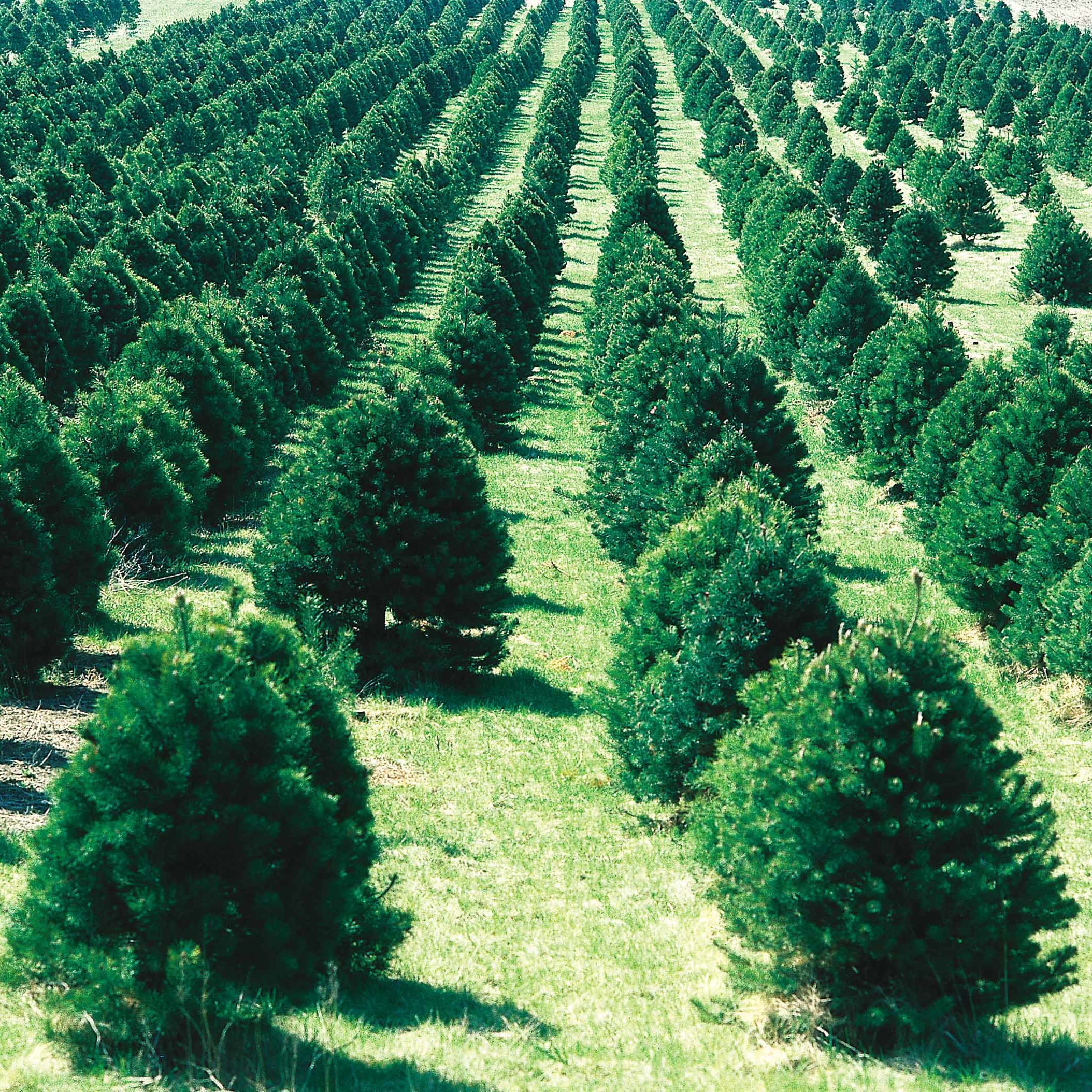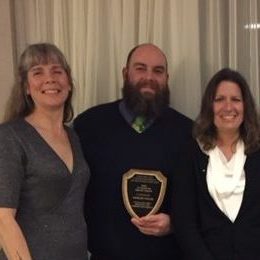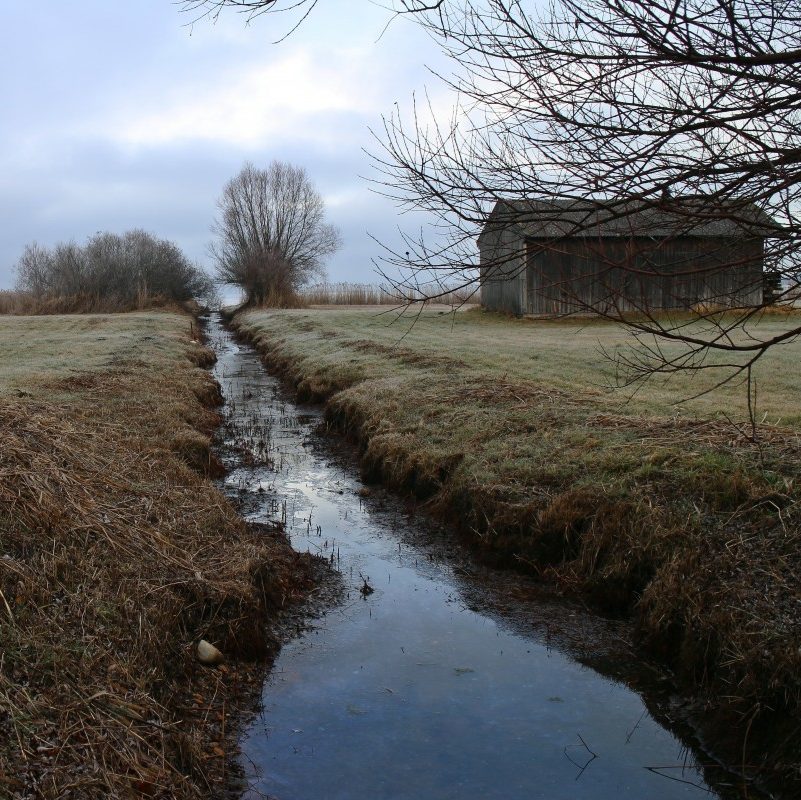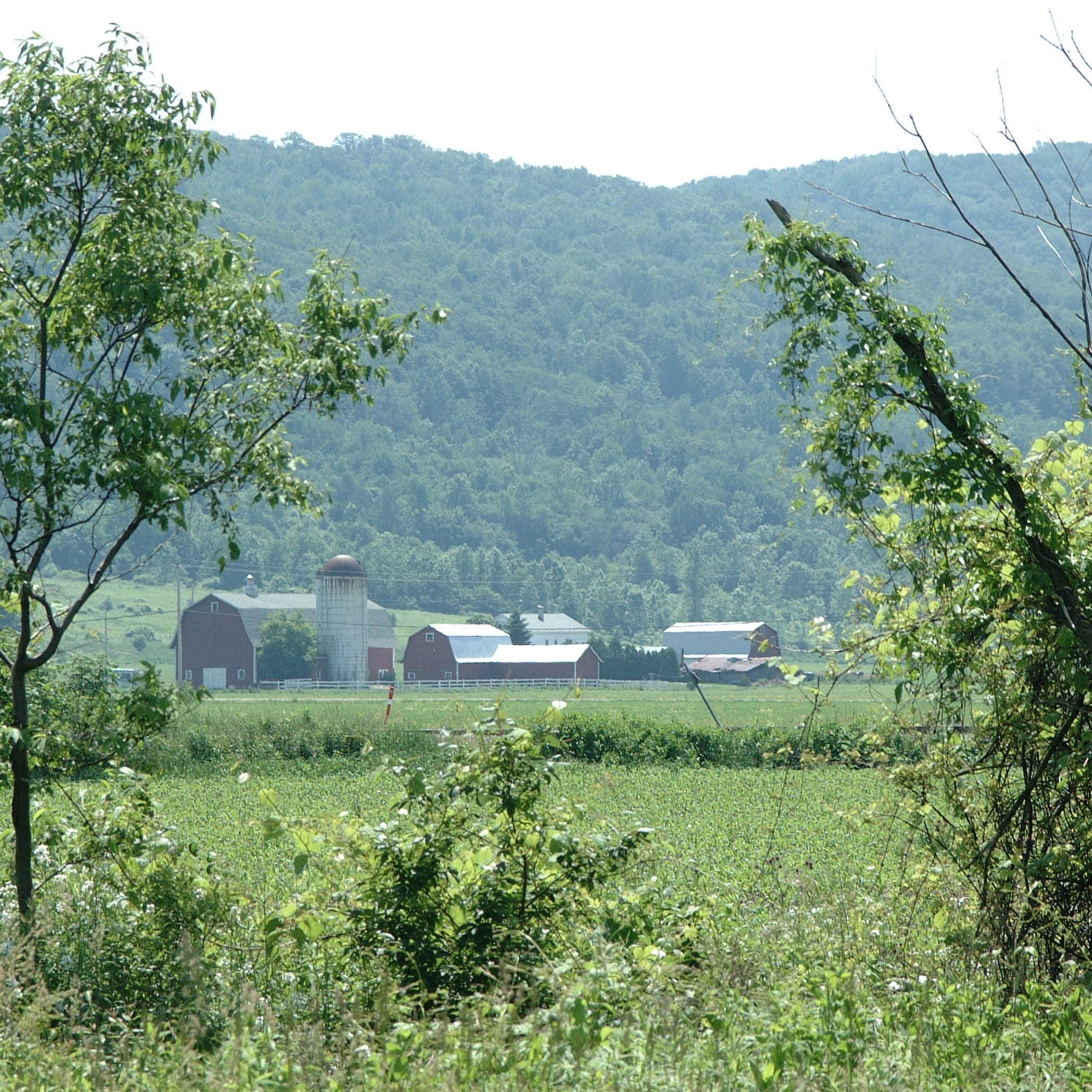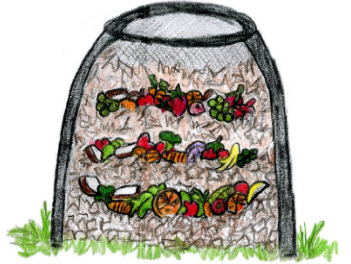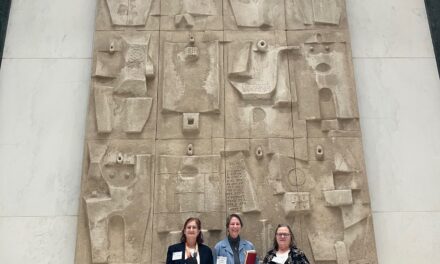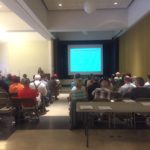By Hanna Whalen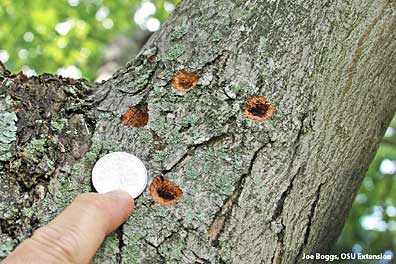
Unfortunately for most invasive species once a population is established it is nearly impossible to get rid of it entirely. Managing the population annually to reduce their numbers is essential for maintaining functioning ecosystems, but the species will likely always be there. That is why prevention and awareness to track the spread of an invasive is crucial. However, in this case completely removing this species from New York State seems possible.
The Asian Longhorned beetle was first discovered in 1996 in Brooklyn and soon other populations were found in Long island, as well as Jersey City New Jersey and Worcester Massachusetts. These large insects are up to 1.5 inches long and black with irregular white markings and long antennae. It’s certainly something that stands out if you see it. Adult females burrow into tree trunks and lay their eggs in fall. The larvae hatch and feed on the inner sap wood through the winter and emerge as adults June through October. The tunnels these insects chew throughout tree trunks and branches weakens them and makes breaking more likely, a heavily infested tree will die due to impeded flow in the vascular tissue throughout. Their favorite trees are Maples, but they will also live on sycamores, horse chestnuts, and birches. There is serious concern about the casualties they could cause in northern hardwood forests if given the chance. These beetles are large and typically do not travel far on their own, so once detected they are quarantined and local agencies can remove infected trees or treat them chemically. If found in time populations can be completely eradicated. Last fall APHIS (Animal and Plant Health Inspection Service) announced that the beetle had been completely removed from New York City’s five boroughs leaving only small areas in Nassau and Suffolk county in NYS.
So what can the public do about these insects? The biggest help is to inspect your trees. Look out for these large black and white beetles in the forest, at the park and in your yard. Look at tree trunks, 3/8 inch round holes surrounded by sawdust are indicators. If you think you’ve found one take a picture and report it to the DEC or upload it into the iMapInvasives App. Early detection means a much better chance of handling a population before it becomes a serious threat. Also make sure to never transport firewood across state lines, and to buy local or kiln dried wood if away from home. Because these beetles came to the United States in wooden pallets and crates from China, they can easily survive in your firewood. By taking this precaution and being aware of the threat you could help save your favorite tree whether its lining a city street, in your yard, or in the sugar maple forests of New York State.


